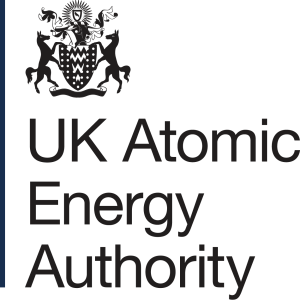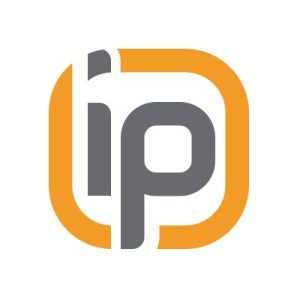Your principal objective is to secure an interview and your secondary objective is to set the agenda for the interview. What the decision-maker will be thinking when they’re reading your CV is ‘What can this person bring to the party and how might they contribute to the bottom line?’ If this is not apparent in your CV, you may not get the interview you want.
Preparing your CV
- Plan what you want to say and if necessary, write several drafts.
- Your CV should always be up to date and accurate.
- It should be clear and concise. Avoid abbreviations and jargon.
- Keep it short, no more than two sides of A4.
Summary statements and profiles
Summary statements and profiles are commonly used at the beginning of a CV and provide a clear statement of what you have to offer and how you’re hoping your career will progress. It’s designed to grab the reader’s attention and encourage them to read on. Write the statement after you’ve finished the main bits of the CV. Keep it brief, keep it interesting. Two lines of text will do.
Achievement statements
Your CV should be written as an ‘active’ rather than a ‘passive’ document and should focus on your achievements and not your current responsibilities. It should clearly demonstrate past ability with measurable evidence. Use bullet points for easy reading.
The components of these achievements could include:
- Challenge – highlight the circumstances that surrounded the achievement.
- Action – how you tackled the situation, what you did, etc.
- Result – the impact of your action. Include key deliverables, measures, contribution, etc.
Begin each achievement with strong action verbs that indicate level, strengths and focus on results. For example ‘achieved’, ‘delivered’, ‘exceeded’. Try to avoid weak verbs such as ‘helped to’, ‘coordinated’, ‘responsible for’.
Be honest
If you get that all important interview, be sure you can verify and expand on everything in your CV.
Career history
A brief summary statement for each position you have held over the last few years. If relevant, you may want to include some information about your soft skills as well as your technical skills.. Include significant achievements and the benefits these have brought to the organisations you’ve worked for. Do not be tempted to list every job that you have held. Try to focus on the most relevant and use a general summary statement for those earlier roles.
Education and qualifications
Consider what emphasis these should have in your CV. If they were gained some time ago and are not relevant to your career aspirations then provide only brief details toward the end of your CV, if at all.
Training courses
Recent training courses will demonstrate ongoing learning, up to date knowledge and a willingness to progress. Don’t bother with irrelevant courses – only those that have given you new skills, and keep the list short.
Languages
Particularly relevant if you are applying for a Trade Mark Attorney role, and if competent, then state whether you can offer both written and oral fluency. English, French and German are the official languages of the European Patent Office and a working knowledge of French and/or German can be beneficial.
Membership of professional institutions
Memberships which have required study etc, are much more significant than those that are simply gained by paying a membership fee. Continuous learning and development are important so show your commitment.
Personal information
Designed to show you’re a well-rounded individual. Any experience of voluntary work should be included plus other skills to show you have interests outside of work.
Generally speaking, do not include reasons for leaving, salary requirements, referees, race, nationality or early schooling.
Other pointers
It is claimed that a CV gets no more than 30–60 seconds attention so you have to grab (and maintain) the interest of your reader.
Make your CV work for you and make sure that your reader can see at a glance what you have done. The key information should sell you and should jump off the page.
One popular form of presentation is the reverse chronological. This lists your experience and achievements in reverse chronological order, starting with the most recent first.
Particular emphasis should be placed on posts held within the last few years rather than going back too far in any great detail. Don’t include all of your educational achievements; focus on your degree rather than listing all of your GCSEs and A levels.




